Wayne Thiebaud: American Still Life at the Courtauld Gallery
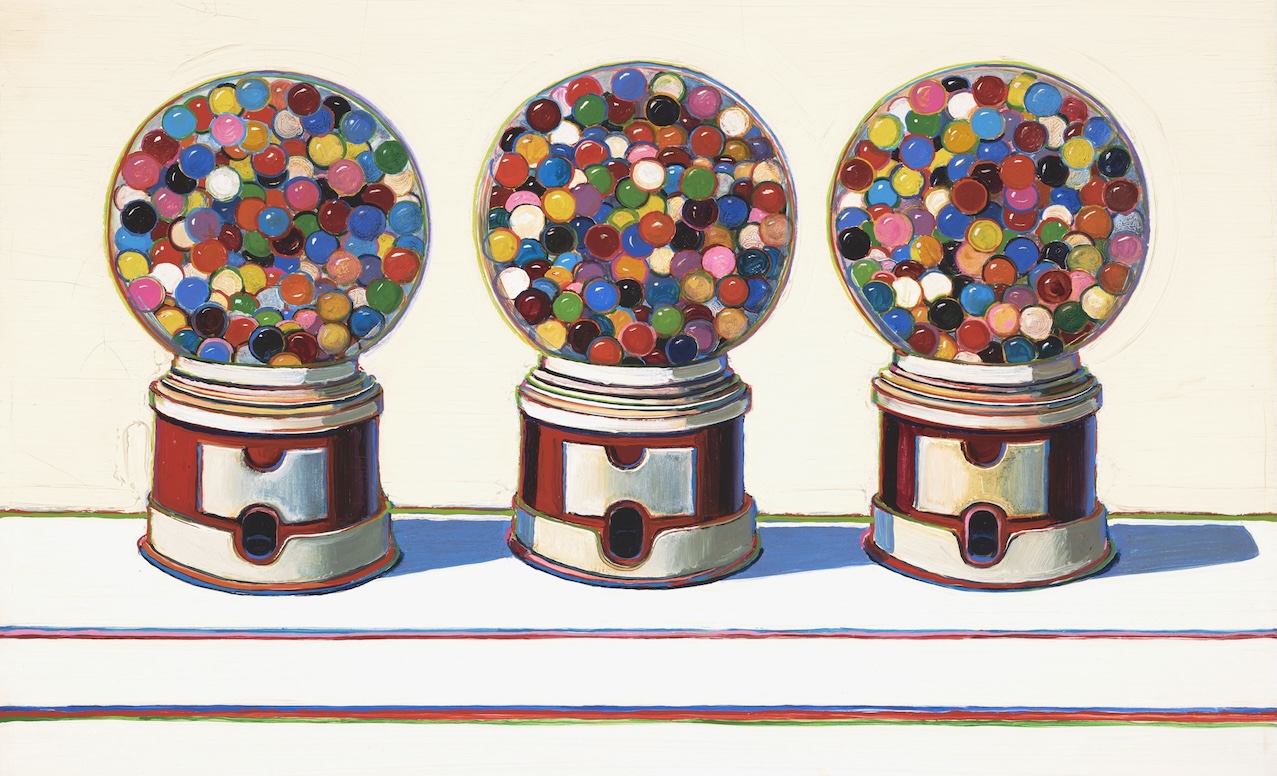
Still life as a genre has stirred the creative juices of some remarkable wielders of a brush over the years, from the Dutch Golden Age painter Pieter Claesz to Cezanne and Picasso. It comes as a genuine surprise that one of its most important exponents of the last half a century, the American artist Wayne Theibaud, has never been the subject of a major art museum show in the UK until now. The Courtauld Gallery has brought that oversight to a long overdue close with an exhibition that promises to both artistically entrance the visiting public and tantalise their taste buds.
Thiebaud, who died in 2021 at the age of 101, is best known for his vibrantly painted still-lives of classically American subjects from shop cakes to pinball machines. Here at the Courtauld, one finds the crucial period that saw the transition into the artist’s signature style, from the late 50s to the mid 60s. First working as an illustrator, cartoonist and commercial art director, he only really took up painting as a fine artist after becoming a teacher at the University of California, Davis. In 1956, Thiebaud travelled to New York from his home city of Sacramento, California, to meet key members of the avant-garde. The celebrated Abstract Expressionist, Willem de Kooning, offered him career-transforming advice, urging his fellow painter to find his own individual voice and subjects. Those words of wisdom are seen at the Courtauld to, in time, bear fruit. Meat Counter (1956-59) sure enough finds Thiebaud turning his attention to an everyday display of food in a shop – such a subject would be a mainstay of his career – but the brushstrokes seem to represent an unconvincing attempt at abstract expressionist loose mark making. Similarly, Pinball machine (1956) hints at a creator rather stylistically out of sync, the paint muddied and lacking in clarity.
By the early 60s, Thiebaud had arrived at the approach that was destined to be inimitably his own, the rendering of lushly painted commonplace objects of American life set in front of spare backgrounds. A case in point can be seen in Penny Machines (1961) with the tightly composed forms of the sweet dispensers constructed in thickly brushed paint. Then, in 1962, he had a major breakthrough, having persuaded the New York art dealer Allan Stone to take him on the previous year. Three exhibitions in 1962, the first a sold-out solo show at the Allan Stone Gallery, the other two where he featured alongside the little-known Andy Warhol and Roy Lichtenstein. Those last two firmly established Pop Art. Despite his subject matter frequently alluding to American mass production and consumption, Theibaud’s rich painterly surfaces were always far removed from the cool cynicism and flat detachment of Pop Art.
From this point on, the Sacramento-based artist is found really exploiting the physical qualities of paint. Not for nothing did the British critic Lawrence Alloway dub Thiebaud “the laureate of lunch counters”. Glorious evocations of American post-war abundance like Pie Rows (1961) are bursting with vibrant colour and harmoniously balanced compositionally. Undoubtedly, Thiebaud’s previous professional calling as an art director responsible for lighting and window displays at the Rexall Drug Company shaped his aesthetic traits. One of the artist’s most celebrated works during the early 1960s, Cakes (1963), has been allowed out of the US for the first time by the National Gallery of Art, Washington, DC. Thiebaud focuses on the cakes’ exuberant decoration, emphasising their seductiveness by depicting them life-size. And yet, there is something disconcerting about the manner in which they are displayed precariously on tiny spindles – like catwalk models tottering on vertiginous heels.
The artist was unswerving in his belief that everyday American consumer objects were suitable for depiction in contemporary art. Four Pinball Machines (1962) ostensibly appears to be merely a straight depiction of an arcade of the machines. However, close inspection reveals Thiebaud reconfiguring their square backglasses to imitate Frank Stella’s squares, Kenneth Noland’s target and Elsworth Kelly’s grids. It’s a clarion call for popular culture to be brought into the arena of contemporary art. The painter saw his work as continuing the legacy of still life pioneers. He shares Morandi’s love of forms and Cézanne’s ability to utilise geometric fundamentals: the cylinder, the sphere and the cone. At times here, certain works recall the melancholia of a Jean-Siméon Chardin still life, an example being the isolated Caged Pie (1962). A sense of melancholy also pervades the empty trays in Delicatessan Counter (1963).
Thiebaud’s artistic coming of age in the 60s also saw him create a portfolio of 17 prints in 1964 entitled Delights. In an accompanying exhibition to American Still Life, these words are currently on view in the Courtauld Gallery’s Ildiko Butler Drawings Gallery. Here, he reengages with the still life imagery of the paintings he produced earlier in the decade, demonstrating his abilities as a draughtsman and printmaker. It is intriguing to find Thiebaud rendering those motifs of Americana, previously so lusciously painted, on a smaller scale and mostly in black and white. The visitor gains insight into the artist’s building of form via his mastery of cross-hatching and diagonal lines to capture light and shadow.
The Courtauld Gallery is providing an all too rare opportunity on these shores to enjoy the exciting, often salivation-inducing still lifes of one of America’s most important artists of the second half of the 20th century. Belying their simple appearance and steeped in nostalgia, Thieboud’s captivating paintings and prints of quintessential American subjects from the boom years of post-war prosperity are found recasting the genre of still life for the modern era.
James White
Photos:
Wayne Thiebaud: American Still Life is at the Courtauld Gallery from 10th October 2025 until 18th January 2026. For further information or to book visit the exhibition’s website here.

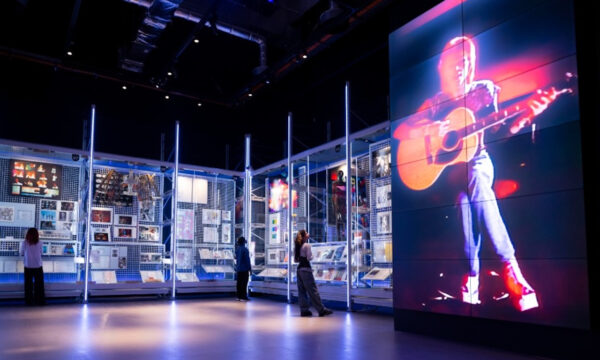
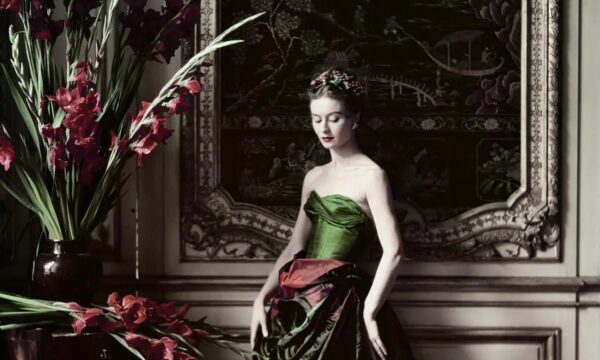
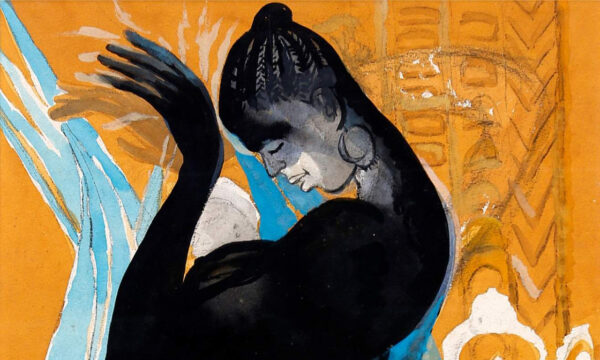
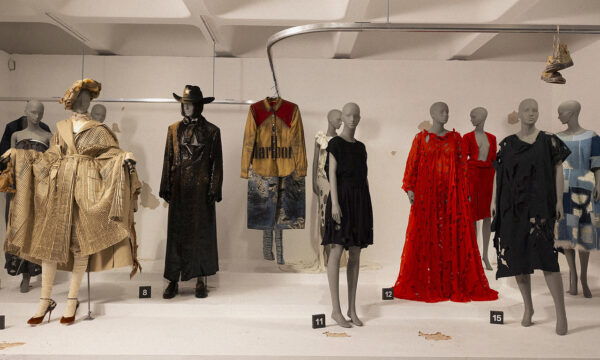
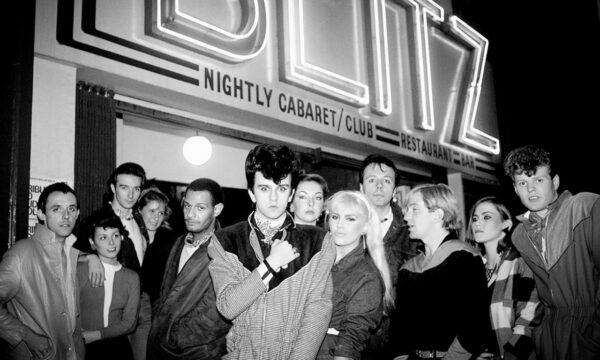
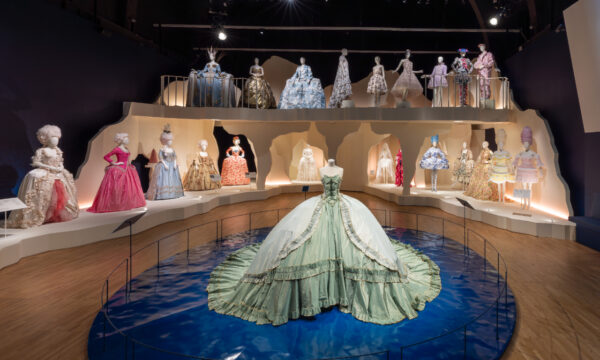
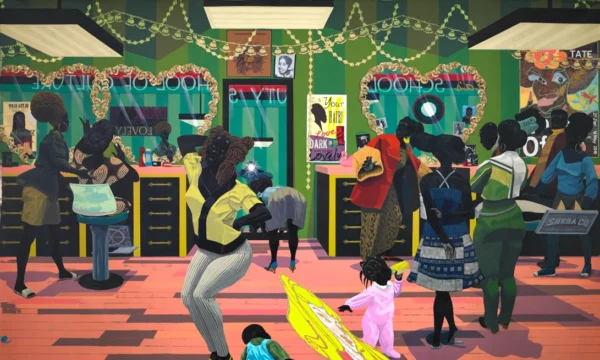
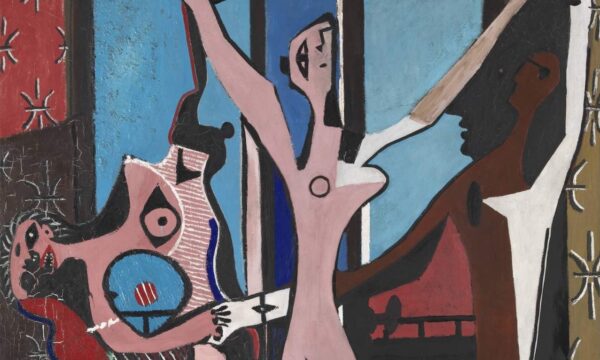
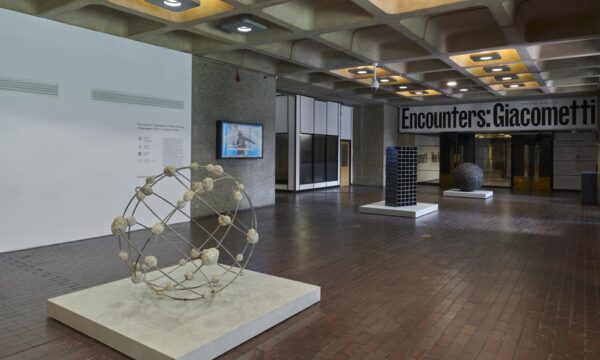
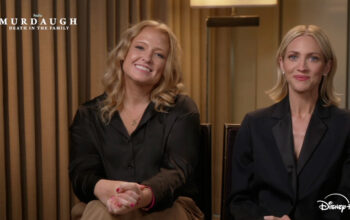
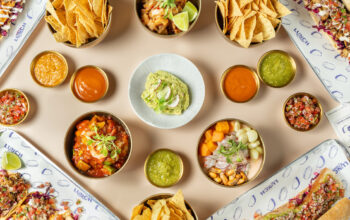

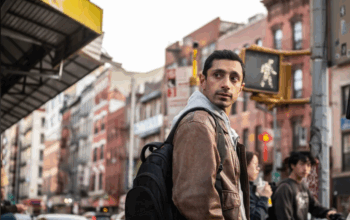
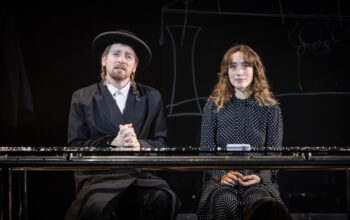
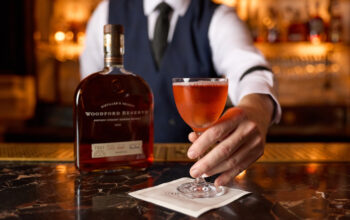

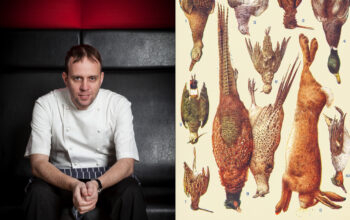
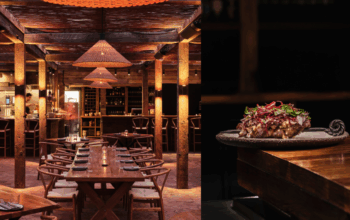
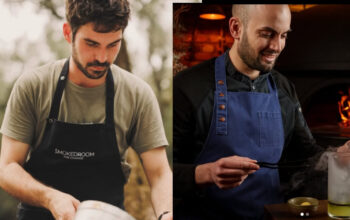
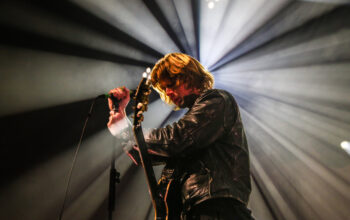


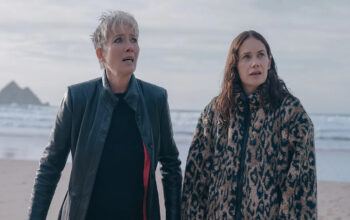

Facebook
Twitter
Instagram
YouTube
RSS